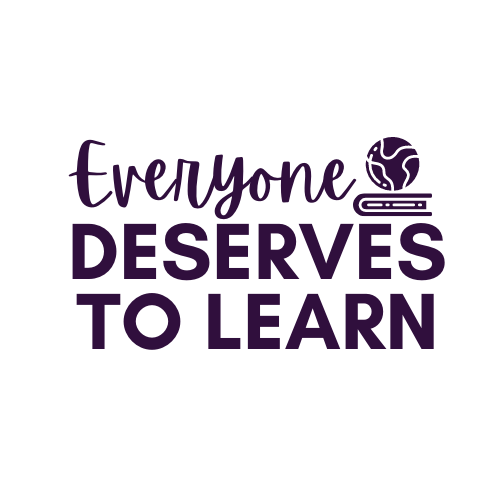Structuring a Literacy Block (How I use Daily 3)
We are almost a month into the school year, and my combined 4th/5th ESL ELA class (that's a mouthful!) is running smoothly and efficiently. When I had a 3rd/4th combined class two years ago I used Daily 5 in the form of Daily 3, and when I found out I was teaching a combined block I knew I had to use it again. We do things a little differently around here...come and see!
We recently adopted Foresman Reading Streets as our basal, however, the ESL department uses Fountas and Pinnell Guided Reading. When it came time to plan my scope and pacing guide I spent a lot of time breaking down the topics/sequence from Reading Streets Grade 4 and 5 into something manageable and approachable for my ELL's. I decided to keep the grammar and writing sequence from Reading Streets, while the comprehension and literary elements would come through the F&P books we read. Oh, and one more little, teeny, tiny thing...we do that while being almost completely paperless.
When my students enter the room, they immediately grab a tablet (Surface RT) and begin their morning work. Each student has their own notebook on OneNote, which is a Microsoft Office program. I have the capability to edit and share any page from their notebook, and can project them onto my interactive whiteboard. When I want to assign work from a TPT pack, for example, I simply "print to OneNote" and choose the destination (a student's notebook) for the chosen pages. This is a great way to differentiate, since I can "print" appropriate proficiency level work directly into someone's notebook.
After 7-10 minutes of morning work, we check our work together. Then we GoNoodle! My boys are so into it...they tell me it's their favorite part of the whole day. GoNoodle only takes 4 or 5 minutes, so depending on how much time we have we might Noodle again at the end of the period. (To their delight!)
Right after we Noodle we move into our reading groups and stations. I run 3 groups- low, medium, and high proficiency/F&P reading levels. We use our tablets to take Cornell Notes about the books we read, and it's during those 12-15 minutes that I incorporate the literacy elements and other CCSS standards we won't hit as a whole group. On Fridays we review our Book in a Bag homework (seen above) together, which gives us an opportunity to review concepts and spiral the skills we've learned throughout the week.
While I work with students, there are 2 other stations going on: Read to Self and Word Work. If you peeked in my room you would see students stretched out all over both reading areas, some holding stuffed animals...one wearing Minnie Mouse ears...#whateverittakes
For Word Work my students use Spelling City. I have the premium subscription, so they have access to all the games and activities. This is another amazing place to differentiate, since I have 4 lists going on at once- all the way from the standard 5th grade Reading Streets list to Pre-K Dolch words.
Once we finish reading groups we either work on grammar or work on writing as a whole group. In the activity shown, we were reviewing the 4 Types of Sentences with QR codes. See- paperless! We usually have about 20 to 25 minutes left in the period, which is a perfect amount of time to introduce or review a grammar skill in groups/partners. It's not quite long enough for writing. but soon I will have writing as a choice for when students are done with Spelling City. And in case you were wondering, yes, they write on their tablets, too. I use Teaching in Room 6's Paragraph of the Week and simply "print" the week's pages into their OneNote notebooks.
That takes us to the last few minutes of the period, during which we GoNoodle again or play a speaking game like Would You Rather, Two Truths and a Lie, or What Would You do.
How do you structure your literacy block? Do you use a basal or readers? Let me know in the comments!








